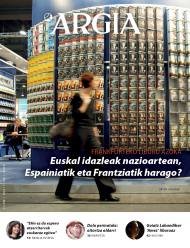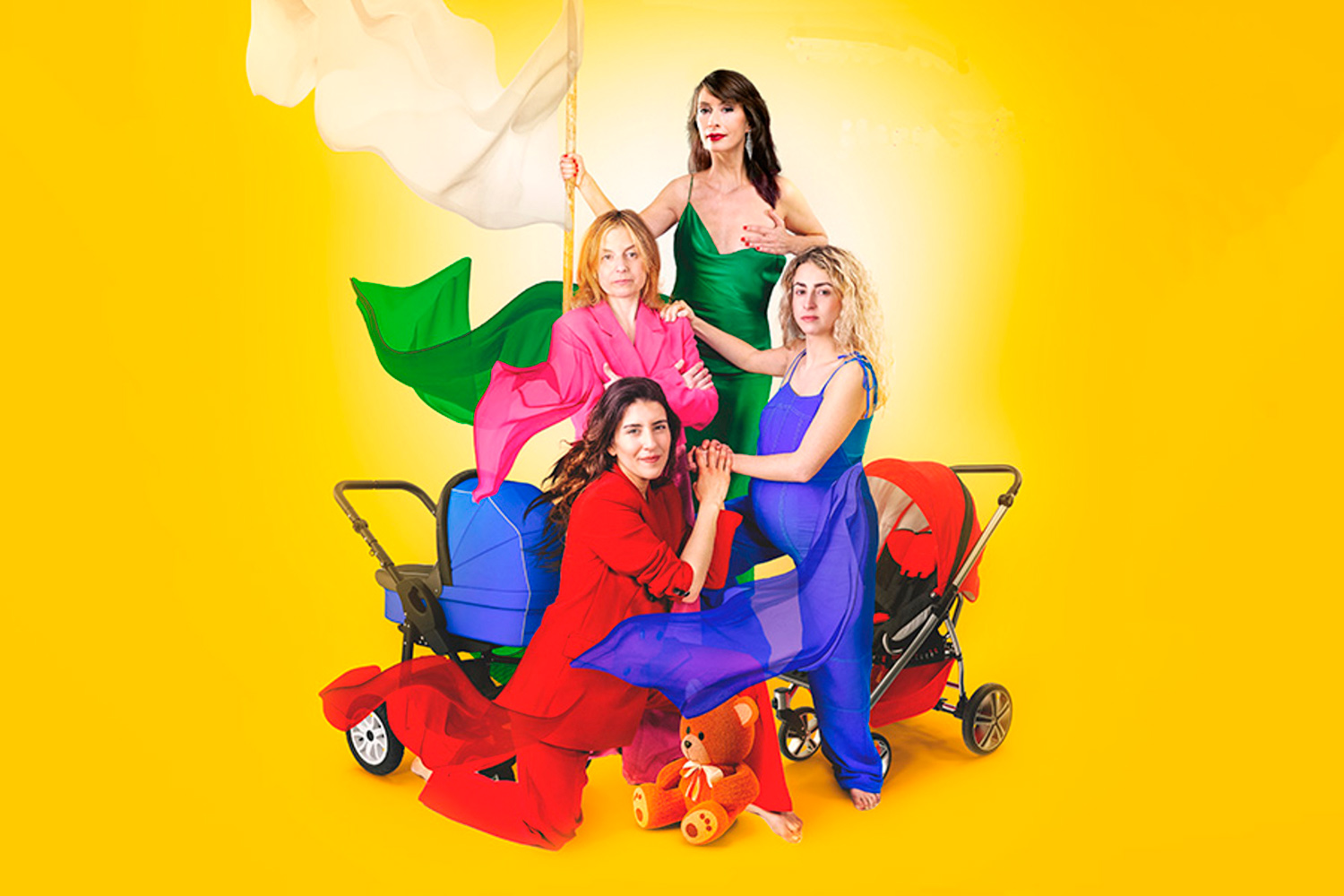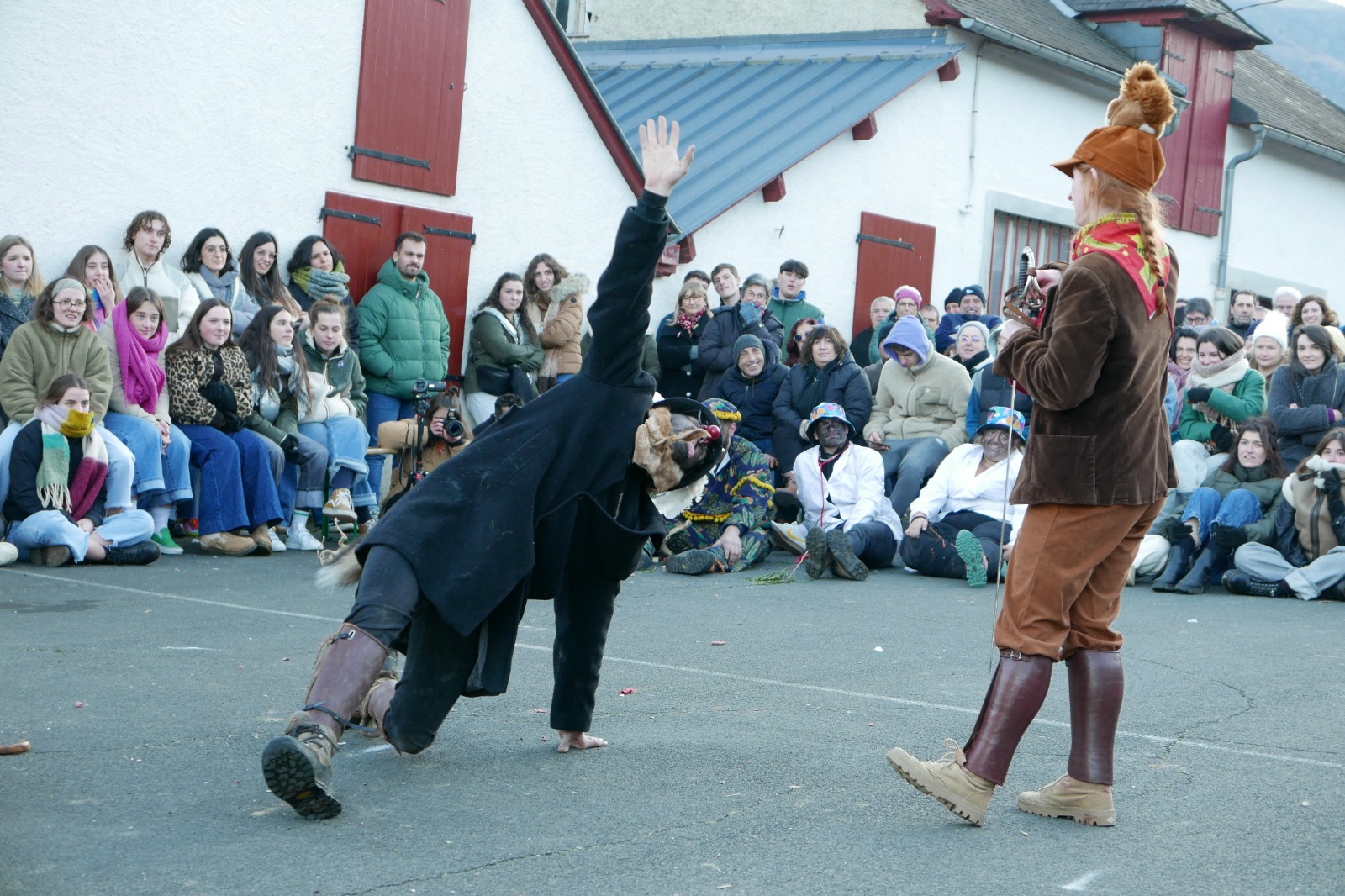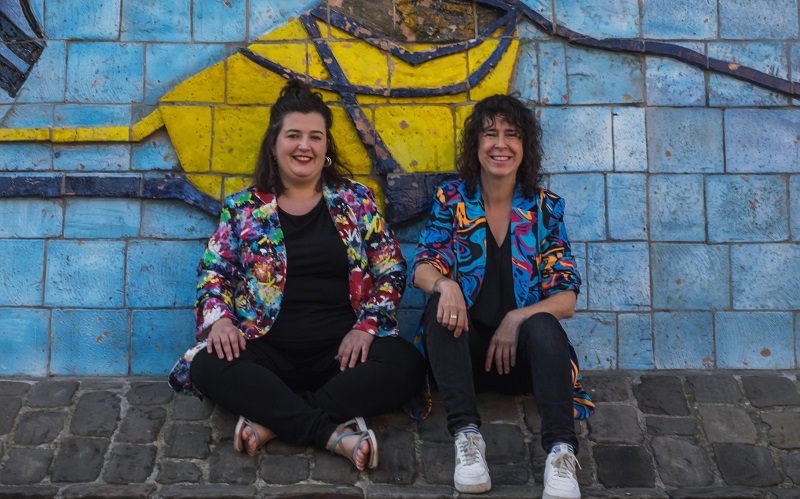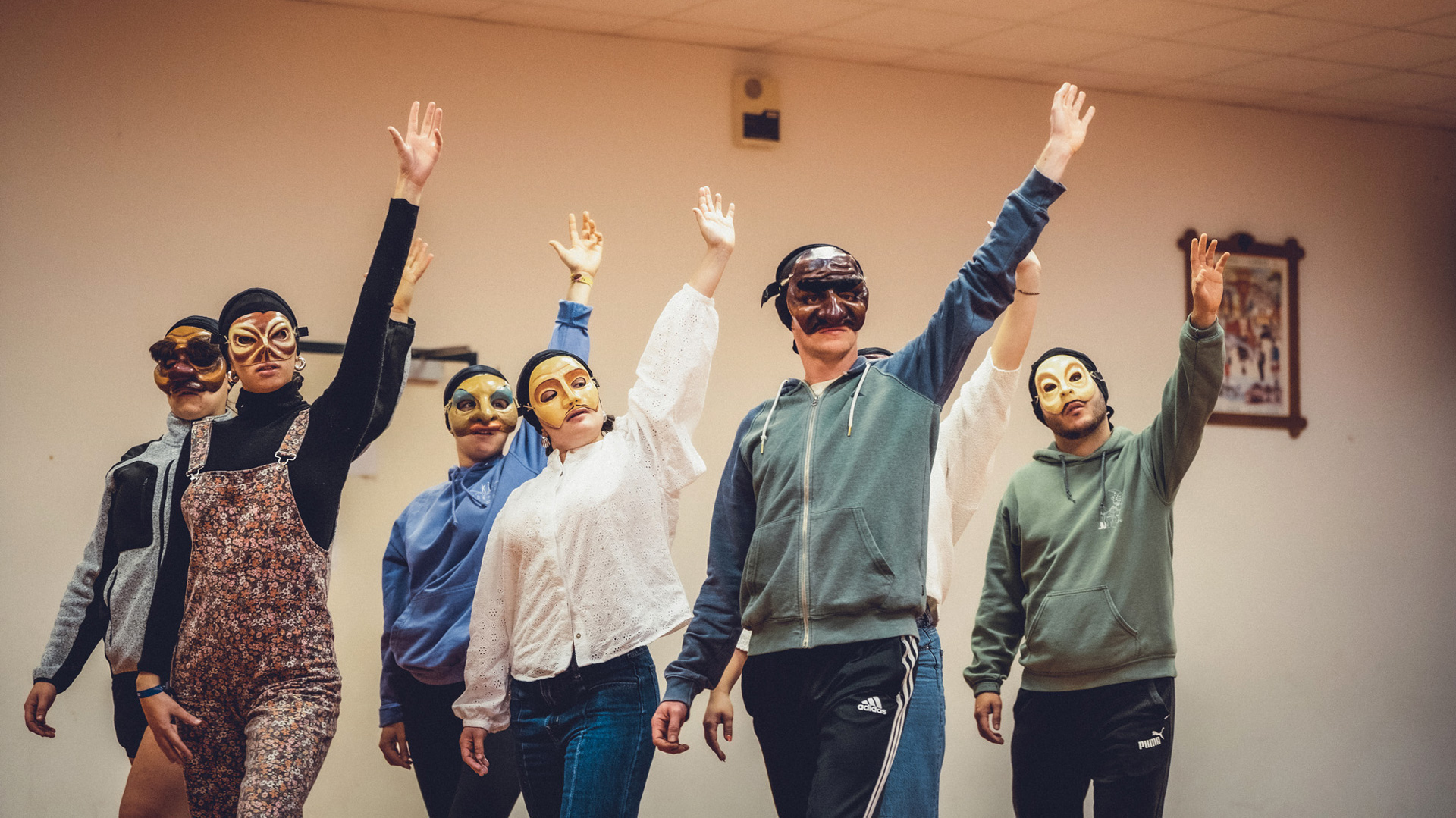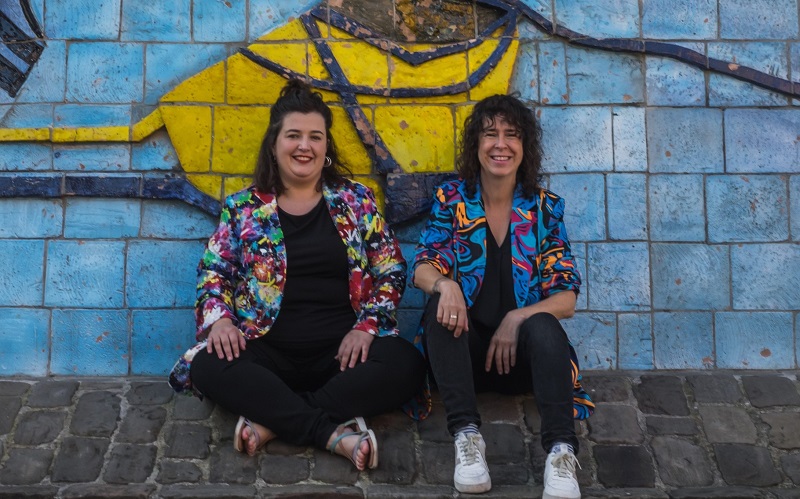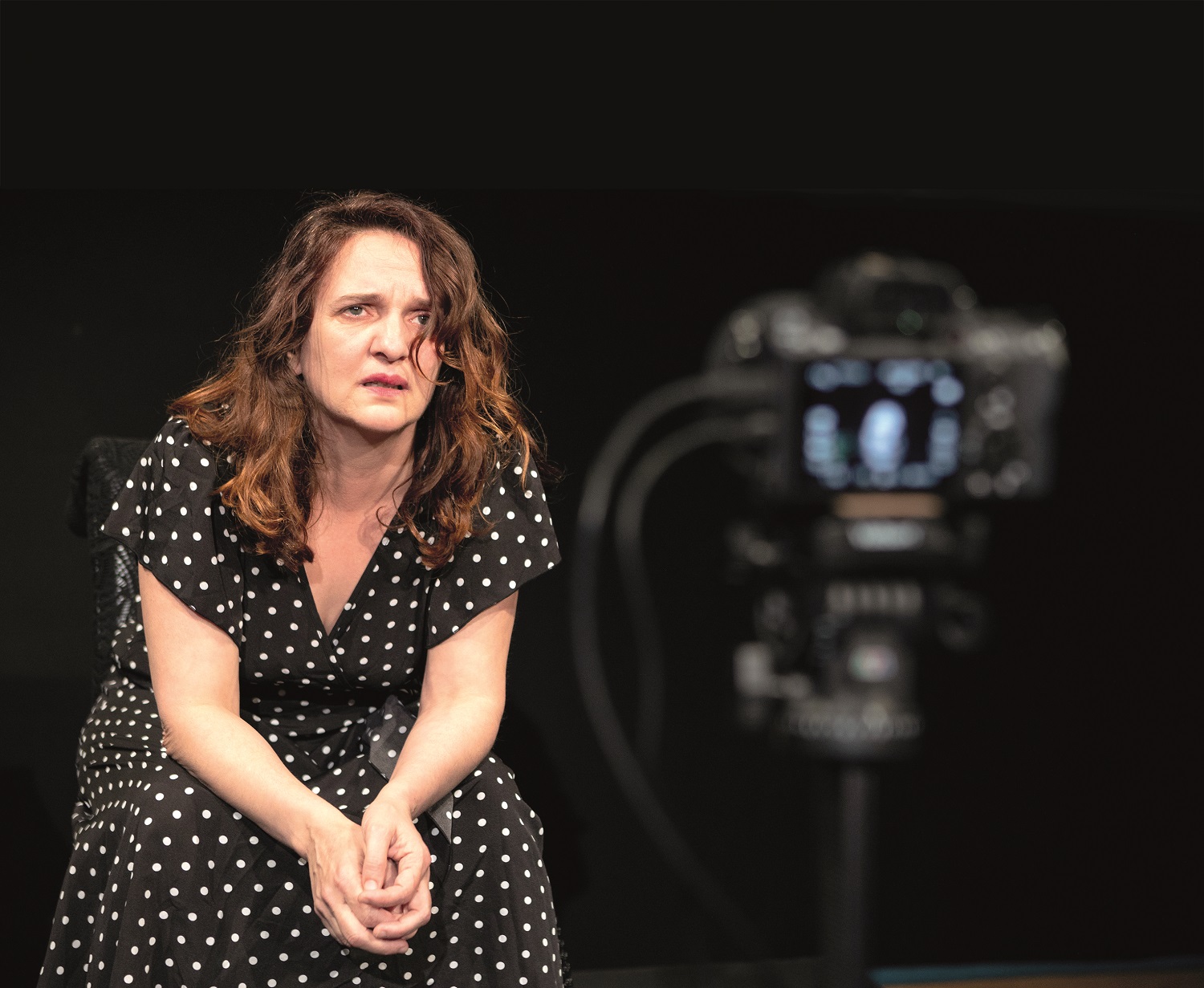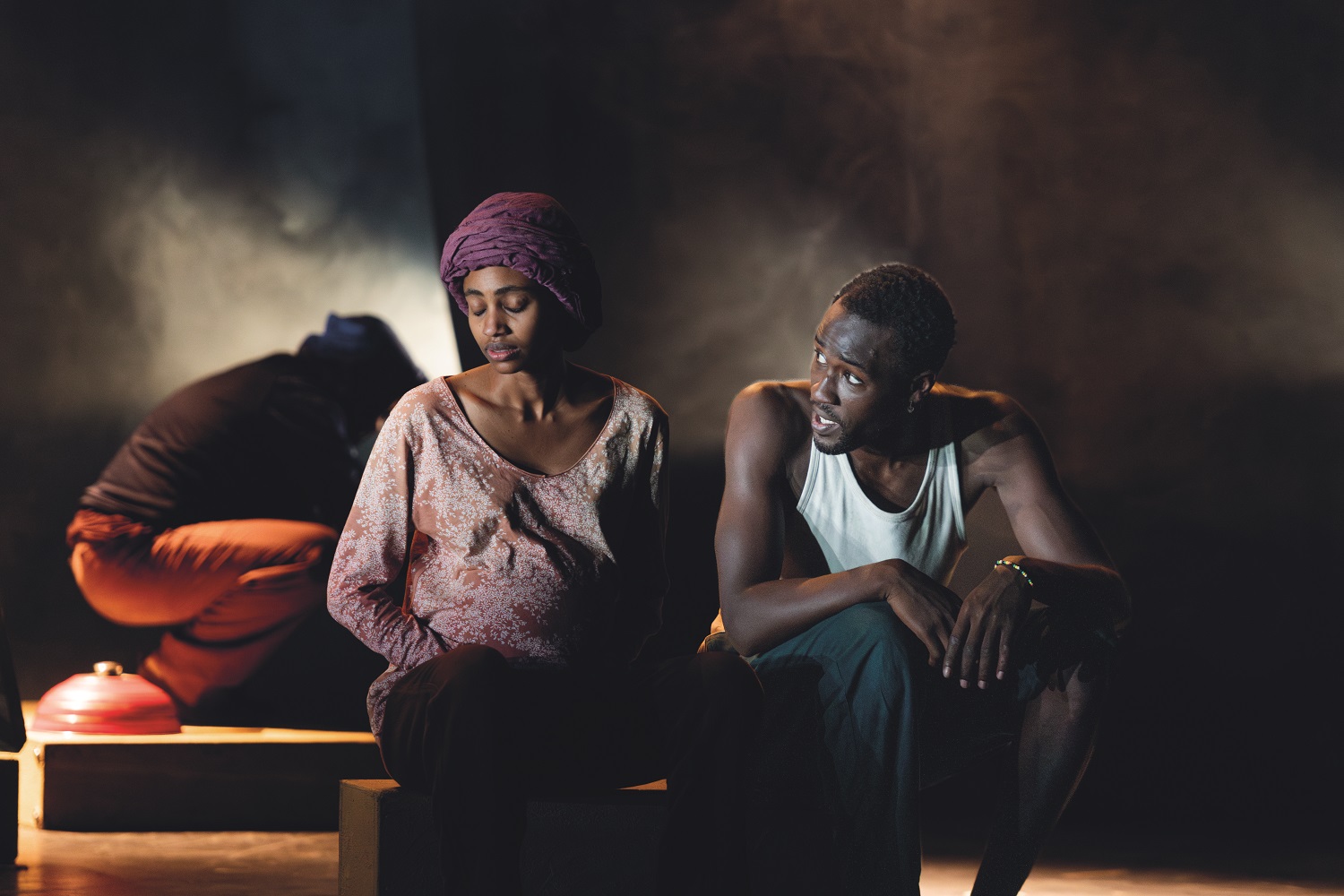To hold to break

Beautiful relaxed when a corset is released. A dozen buttons, one squeezes more and the other in respiratory fatigue. The characters in this play have no back pain, they have dressed this garment to stylize the female bodies. It keeps them upright, because they don't allow them to fall. The real addiction is that sugar has catered to become addicted in a snack that seems normal, or maybe comes together and talk about its stuff. Brandy, I would say, is the taste of the quality of the play, the development of the absurd, an attempt to make what is a rcle more pathetic. And also the desire to reflect the reality of the actors.
'Three corsés, a lot of sugar and too
many brandy'
Collective Kamikaz WHEN:September 25
WHERE:Gazteszena (Donostia)
Fiction within fiction. The actors and creators of this work, Amancay Gaztañaga, Erika Olaizola and Iraia Elias, have parodied in the famous Bridgerton series. Pastelito and tea bring together three women without identity: woman I, woman II, woman III. They don't speak anything interesting, two or three naive sentences and Joshua, the man the three love. The game starts: imitation, repetition of movements, sharp tones of the voice, mechanized scaffolding, strange postures and various postures that have tormented the environment. The interconnection and interpretation of the actors has kept the spectator attentively in this first long scene, giving rhythm and musicality, reaching the laughter from mouth to mouth. Three elegant women who struggle to be politically correct and at the same time like the same man. All the sugar in the blood, no more on the table. Increased intensity, some as well.
The fiction we consume has taken a physical place in the play, interpreting it literally into a square. However, overcoming the line, the characters disappear and the actors appear, moving the lived to their reality and pushing for reflection while still representing, is the Code. The play clearly bears the stamp of the collective Kamikaz, a proposal that combines theater and gender issues, centered on the demands of feminism and that, in turn, plays with the limits of conventional theater.
The work maintains the need for all women to develop their identity freely, trying to break the constructed. To show the constructed, however, they have used the model of women of a high aristocrat family such as Bridgerton, whose vital perspective gives them both power and privileges for the rest of women. I wonder if the comparison is appropriate. Although it seemed to me that the message or the proposal to address the problem does not count anything new, who knows what he is going to see and the room was full.
AMAK
Company: Txalo teatroa.
Created by:Elena Díaz.
Address: Begoña Bilbao.
Actors: Finally, Ibon Gaztañazpi will account for the details of Intza Alkain, Tania Fornieles, Oihana Maritorena and IRAITZ Lizarraga.
When: 10 January.
Where: Auditorio Itsas Etxea... [+]
Basabürüako ibar eskuineko gazteek lehen maskarada arrakastatsua eman dute igandean, Lakarrin.
By:
Mirari Martiarena and Idoia Torrealdai.
When: 6 December.
Where: In the San Agustín cultural center of Durango.
------------------------------------------------------
The fourth wall breaks and interferes directly, standing and fearless. ZtandaP is a way of counting... [+]
By:
Mirari Martiarena and Idoia Torrealdai.
When: 6 December.
Where: In the San Agustín cultural center of Durango.
-------------------------------------------------
The fourth wall breaks and interferes directly, standing and fearless. ZtandaP is a way of counting from... [+]
We're in chaos. That has been said to us by the French media, which Parliament has brought down the government on 4 December. The fear that political, institutional, social, economic chaos will rage us all in the horde of hell comes to our veins. What comedy we're going to play... [+]
Fight and metamorphosis of a woman
By: Eneko Sagardoy and Vito Rogado.
WHEN: 1 December.
WHERE: Serantes Room of Santurtzi.
-----------------------------------------------------------
Immediately after proposing the plan, the person who decided to buy the tickets online... [+]
DEBT
Text and address: Agurtzane Intxaurraga.
Actors: Look at Gaztañaga, Iñake Irastorza, Jabi Barandiaran.
When and where: 25 October, Gazteszena (Donostia).
----------------------------------------
To the flower that is looking for its own light, being grasped at its... [+]







